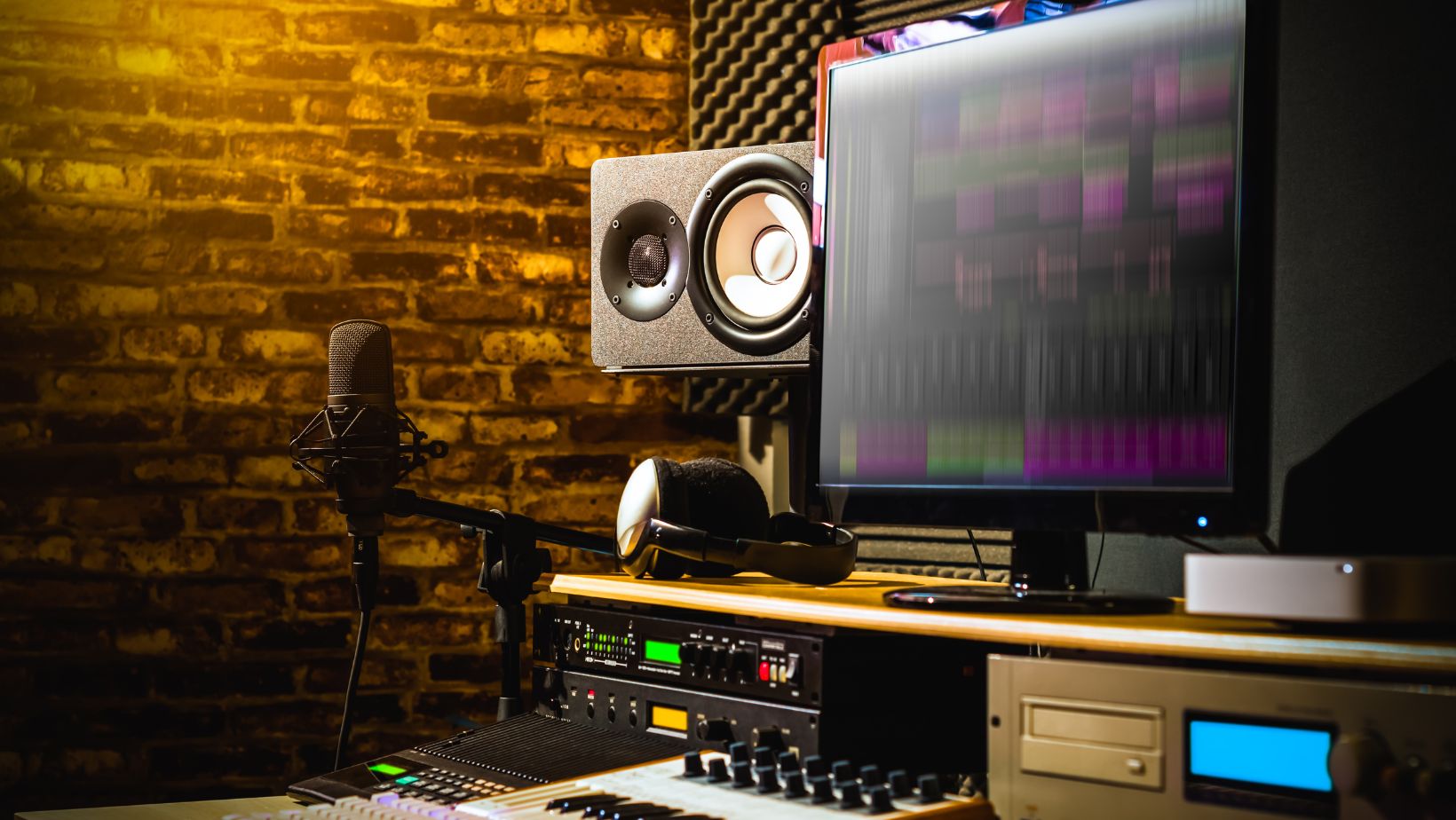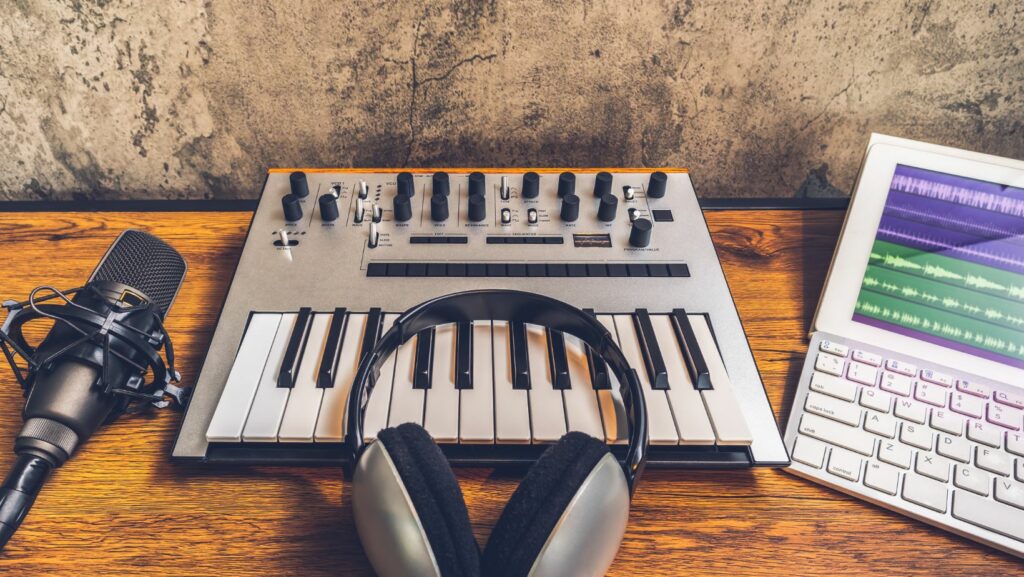Stepping into the world of music production can be as exhilarating as it is challenging. It’s a realm where creativity meets technology, where beats and rhythms transform into compelling soundscapes. But how does one get started on this journey?
How to Get Into Music Production

Music production represents the intersection of creativity and technology. Aspiring producers often dive in, by creating captivating soundscapes from favorite tunes. Familiarity with musical structure, embellishment techniques, and basic music theory, for example, shot development, progression, and rhythm (i.e., familiar musical concepts) significantly aids the creation process.
Music production, simply put, pertains to the creation of musical pieces using specific software and equipment. Digital Audio Workstations (DAWs) like FL Studio, Ableton Live, and Logic Pro X, it becomes possible for musicians to mix, edit, and engineer music with precision and control.
Further into music production, one explores hardware such as synthesizers, MIDI controllers, and audio interfaces, offering physical inputs and controls to one’s music. The journey into music production necessitates learning, patience, and creativity. Above all, a love for the music provides the driving force behind every beat, lyric, and melody engineered.
In the process of music production, certain hardware and software become quintessential. They prove to be vital tools for sculpting sound, editing audio, and making compositions.
DAW (Digital Audio Workstation)
The choice of a DAW forms the backbone of a music production setup. Renowned DAWs such as Ableton Live, Logic Pro X, and FL Studio offer incredible features and capabilities.
Audio Interface
An audio interface effectively transmutes analog signals into digital data. Its significance lies in quality audio recording and accurate latency reduction. Some notable audio interfaces include the Focusrite Scarlett series and the Universal Audio Apollo Twin.
MIDI Controller
For expressive control over software instruments, a MIDI controller becomes indispensable. Brands like Akai Professional’s MPK series, and Novation’s Launchkey series are known for their reliable MIDI controllers.
Each piece of equipment has its role in the production process, and together, they form an integral part of a producer’s toolkit. By understanding their function and usage, one can embark on a journey into the intricate world of music production proficiently.
Basic Music Theory and Techniques

A solid grasp of basic music theory remains a vital factor in successful music production. Fundamental knowledge such as understanding scales, chords, and rhythm gives birth to melodious creations. For example, knowing the seven musical modes (Ionian, Dorian, Phrygian, Lydian, Mixolydian, Aeolian, and Locrian) aids in the composition of harmonious and expressive melodies.
Similarly, mastering elementary techniques like EQ allotment, sound layering, and side-chain compression, boosts audio processing. EQ allocation, in particular, controls frequency balance, preventing overpowering sounds. It’s akin to the mastering chef placing just the right amounts of ingredients into his pot. Sound layering, a process of combining sound frequencies, creates robust tones. It’s like blending colors on a canvas to reveal a visually vibrant piece. Just remember: layers should complement, not compete.
Throughout, leverage your DAW to practice these concepts until fluency is achieved. Here, persistence translates into production prowess. While not exhaustive, these basics offer an effective springboard into the expansive ocean of music production.
Getting Started with Your First Project
So you’ve learned the basics of music production. You’ve delved into the world of DAWs, MIDI controllers, and sound design. You’ve understood how crucial it is to grasp music theory and the role of technology in crafting captivating soundscapes. Now it’s time to take the plunge and start your first project. Don’t be afraid to experiment and push your creative boundaries. Use your newfound knowledge of EQ allocation, sound layering, and side-chain compression to enhance your audio processing. Remember, mastering music production isn’t an overnight feat. It’s a journey filled with constant learning. So keep practicing, stay patient, and let your passion for music guide your way. It won’t be long before you’re navigating the intricate world of music production like a pro.

